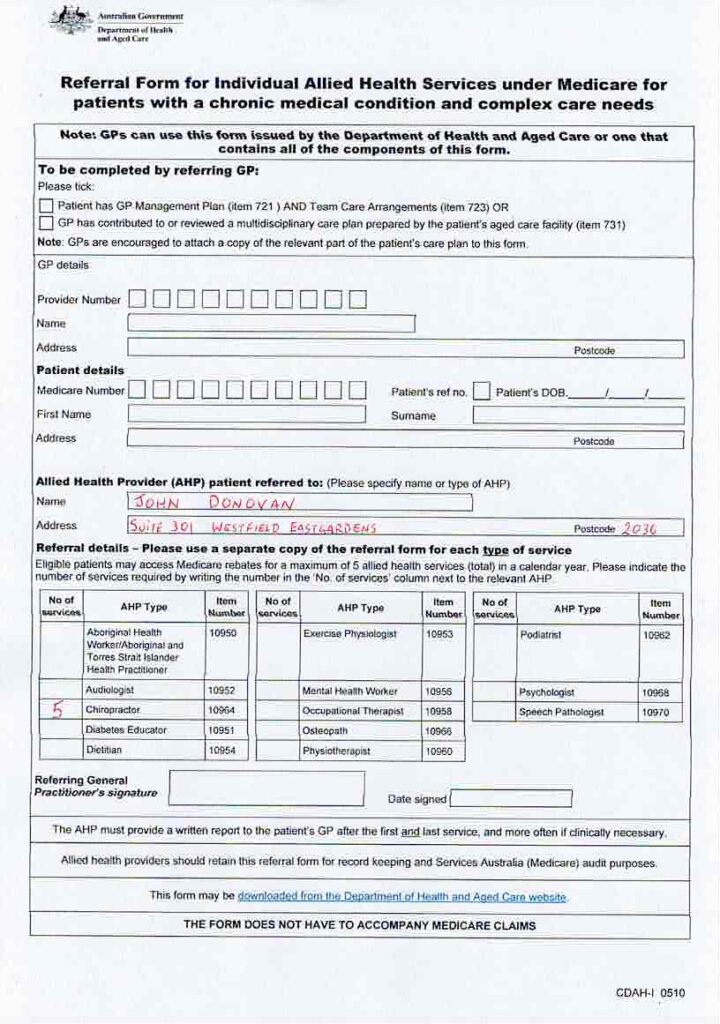Dry needling has become quite popular these days and you have probably either had some dry needling done on yourself or know someone who has had dry needling done on themselves by a chiropractor, physiotherapist or musculoskeletal therapist.

- Dry needling involves the use of an acupuncture needle being inserted into a trigger point in muscles to stimulate a “twitch response” or is left in the muscle to release the trigger point… a trigger point being a hyperirritable tight band of muscle.
- Dry needling is “dry” because the needle does not inject the muscle with any substance.
- Dry needling aims to restore normal muscle function often in conjunction with an exercise program which is also targeted at improve biomechanical function in a dysfunctional muscle.
- Dry needling aims to treat muscle dysfunction and not just muscle pain.
Dry needling is NOT Traditional Chinese Acupuncture. Traditional Chinese Acupuncture is based on traditional medicine which relies on the body’s energy channels or meridians, which are linked to certain bodily functions to influence their treatment. There is some crossover with some of the acupuncture points and the trigger points that are the focus of dry needling.
What are the benefits of Dry Needling?
Dry needling is thought to reduce the central nervous system’s hypersensitivity to pain, decreasing both local and referred pain, improve muscle activation patterns leading to improved range of motion and can also result in chemical alterations around muscular trigger points. These trigger points can occur from unaccustomed muscle loading as well low-load repetitive tasks and static postures such as sitting in a chair or prolonged standing.
So how is it done and what does it feel like?
When dry needling we use single use individual sterile acupuncture pins , gloves and alcohol wipes to limit the risk of infection. The aim of the treatment is to stimulate a twitch response. Dry needling should not hurt. What you tend to feel is either a dull ache or a twitch in the muscle or sometimes even both! Post therapy you may experience a dull ache either locally or to where the trigger point has referred, which is completely normal and will settle down over reasonably quickly. You can sometimes use ice or heat post treatment but more often than not you wont need it!

Dry needling is effective for a number of conditions and can show positive effects quite quickly. It is often used for both acute and chronic pain reduction and can reset the muscle to allow for rehabilitative exercises to be more effective and easier to perform.
Some common conditions we use dry needling for include:
- Neck pain or tension headaches
- Trapezius pain and tightness
- Shoulder pain and tightness
- Rotator cuff syndrome
- Golfers elbow (Medial epicondylitis)
- Tennis elbow (Lateral epicondylitis)
- Tight buttocks and hip bursitis
- Lower back pain
- Sciatic pain
- S.I. joint pain and dysfunction
- Hamstring strains and tightness
- Calf strains and tightness
- Shin splints
- Plantar fasciitis
Is Dry Needling covered by Medicare?
Yes
Dry Needling is covered by medicare for 5 FREE treatments at the dry needling clinic (www.dryneedlingclinic.com) if you have the following:
